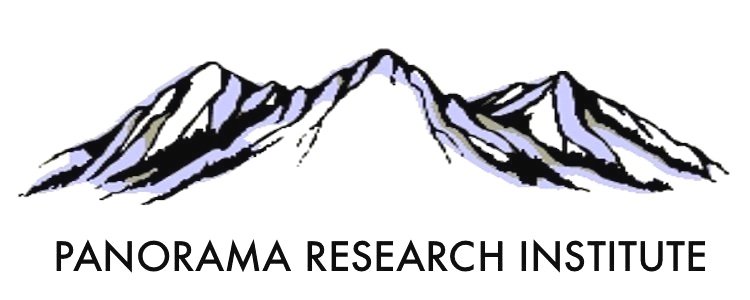Rejuvenation Through Oxygen, More or Less
Abstract
Modest modulation of oxygen intake, either by inducing mild intermittent hypoxia or hyperoxia appears to induce modest rejuvenative changes in mammals, in part, by activating key regulator hypoxia-induced factor 1a (HIF-1a). Interestingly both lower oxygen and transient higher oxygen levels induce this hypoxia regulator. Hyperbaric oxygen induces HIF-1a by the hyperoxic-hypoxic paradox that results from an overinduction of protective factors under intermittent hyperoxic conditions, leading to a state somewhat similar to that induced by hypoxia. A key difference being that SIRT1 is induced by hyperoxia, whereas it is reduced during hypoxia by the activity of HIF-1a. In a recent report, a small clinical trial employing 60 sessions of intermittent hyperbaric oxygen therapy (HBOT) studying old humans resulted in increased mean telomere length of immune cells including B cells, natural killer cells, T helper, and cytotoxic T lymphocytes. Moreover, there was a reduction in CD28null senescent T helper and cytotoxic T cells. In a parallel report, HBOT has been reported to enhance cognition in older adults, especially attention and information processing speed through increased cerebral blood flow (CBF) in brain regions where CBF tends to decline with age. The durability of these beneficial changes is yet to be determined. These preliminary results require follow-up, including more extensive characterization of changes in aging-associated biomarkers. An interesting avenue of potential work is to elucidate potential connections between hypoxia and epigenetics, especially the induction of the master pluripotent regulatory factors, which when expressed transiently have been reported to ameliorate some aging biomarkers and pathologies.
